Hi all,
I've prepared the fitting of the upper and lower wings, including test fitting of the six interplane struts.
I found the best way to do this was to permanently fit the lower wings first.
The lower wings have only one integral locating rod and no location for the rod into the fuselage.
Having only one rod meant that the wings would pivot in the fuselage, making wing alignment a problem.
Also, the rod in the right lower wing is located farther rearwards than that in the left wing.
Therefore, the rod would be visible inside the cockpit.
I chose to cut away that rod flush to the wing root.
I then drilled an extra 1.0 mm hole in the left wing root and two holes in the right wing root.
Into these I secured 1.0 mm diameter Brass locating rods.
The fuselage was then marked and holes drilled through the sides of the fuselage.
Both wing locating rods are now not visible from inside the cockpit and the wings are positively located in the fuselage.
The upper wing halves needed to be drilled for 1.0 mm diameter joining rods that locate into the two slots in the top of the fuselage cabane strut assembly.
The locating holes for the six interplane struts were then drilled into, but not through their location points in the wings.
The integral strut rods were cut to 2.0 mm length as they were too long.
The struts were then temporarily held in their locating holes in the upper wing, which was then test fitted into the lower wings and cabane strut slots.
All in all not an easy wing installation, but rigid enough when test fitted.
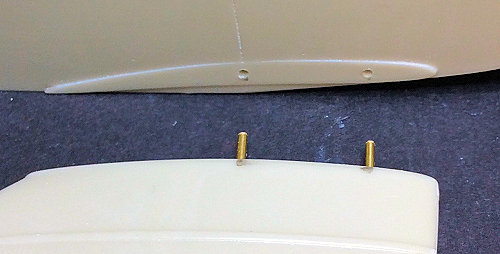
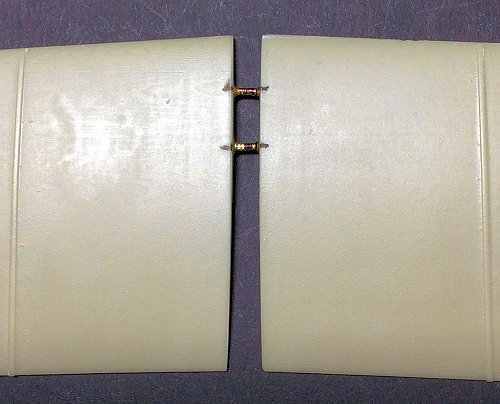
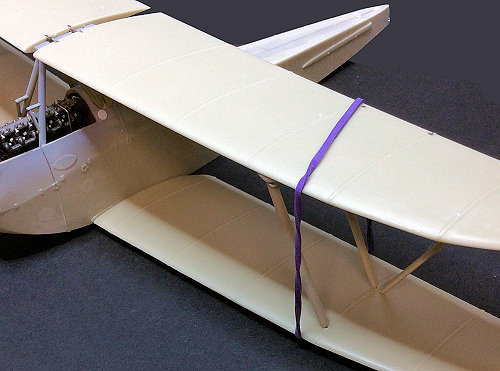
I've also prepared the tail unit, as all of the parts have no locating rods.
I've added location rods of 0.5 mm and 0.8 mm diameter Brass rods.
I cut the elevators from the tailplanes in order to have them angled down slightly.
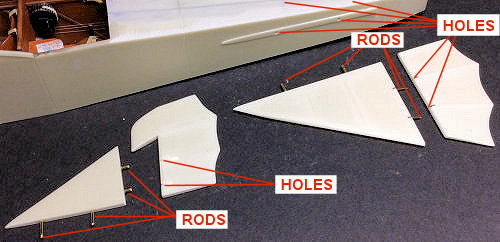
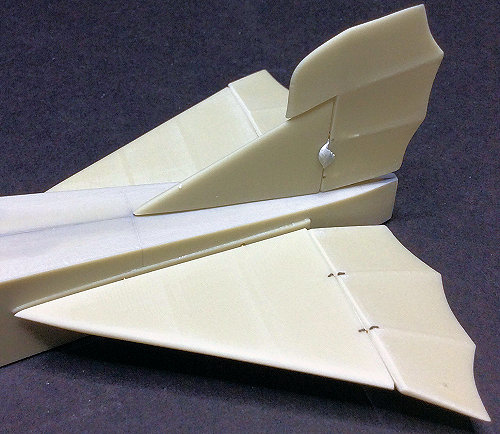
Now it's onto preparing the landing gear,
Mike